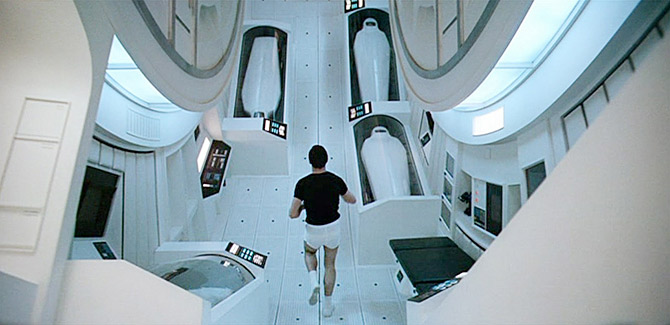
Before we try to find a science fiction movie that is entirely scientific, let us agree that science fiction, by its very nature, will include fantasy elements that are definitely not scientific. Most of the time these will be standard tropes like suspended animation and hyperspace travel, but sometimes there will be other elements that are both not common and not remotely based on science.
Many of the fantasy elements are based on concepts that derive from science, but that cannot be evaluated by the scientific method as yet. They are conjectures, sometimes quite wild, perhaps by scientists, but do not have proper hypotheses or any means of actual experimentation to validate speculative theories.
These cannot be treated as either scientific or not. Sometimes these wild theories in science fiction have proven to be true, but until that happens, there’s no way to know, with any certainty, which will be borne out, and which will remain fun and fantastic.
Hard Science Fiction movies are extremely rare, and many that purport to be make terrible scientific mistakes when trying to drum up drama and excitement. Hard Science Fiction is defined as based on science as we know it, including existing theoretical models for possible future discoveries and technological improvements, with the fantasy concepts kept to a minimum.
Because of the scarcity of such movies, instead of trying to list movies that are entirely sound scientifically, we will instead examine those that get big things and major themes right, leaving aside the fantasy elements that may also exist in the same movies.
10. Europa Report
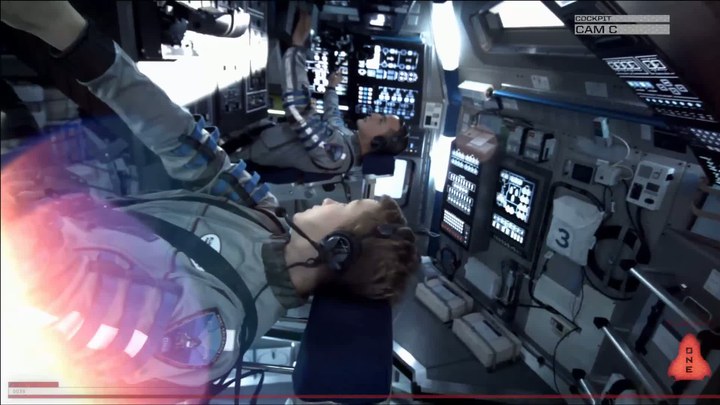
The one area of science fiction that is frequently depicted accurately is space travel. There are sometimes egregious mistakes mixed in, but it is not uncommon to see the cramped spaces, dull routines, and continual dangers represented with great attention to detail.
Europa Report is a fairly slow-moving film depicting six astronauts on a long trip to Europa, one of the moons of Jupiter. The ship has microgravity via centripetal force, which of course is the one thing they can’t depict properly in any movie, as they’re filming in earth’s gravity and have to simply act as if 1 gravity is the same as 0.5 gravity.
The ship is reasonably well-designed, though overly cramped for such a long trip; it’s quite small, and it gave the author shivers to imagine being trapped for many months in such a tiny space. On such a long haul it would probably be better to have a larger command module, a larger crew, and to mix the sexes more carefully. In Europa Report there are two women and four men in the crew, which seems like a recipe for trouble.
Despite the arguments that can be made for the choices of the mission planners within the context of the movie, it is very carefully designed to seem real, and there are no wildly glaring mistakes. It is plausible and reasonable within its own context, though the fantasy element at the end is of course not necessarily scientific or otherwise. It has a bit of a Lovecraftian feel toward the end, despite the scientific context in which it is presented.
9. Runaway
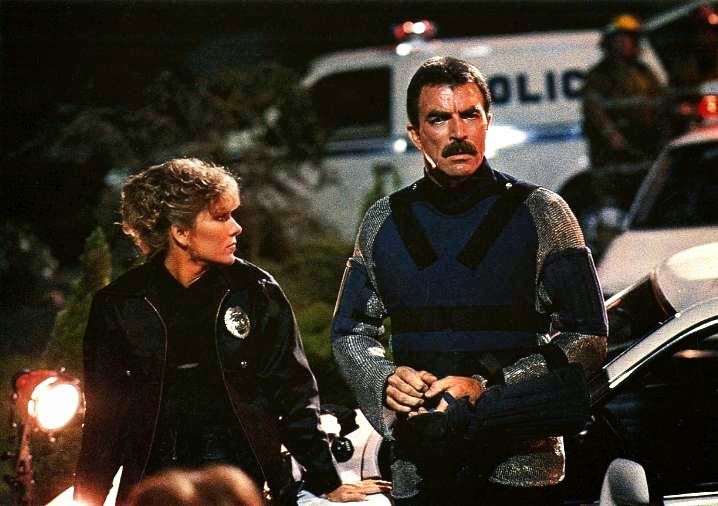
As robotics have become ever more a part of our civilization, their usages have become routine. The author interacts with a dozen robots every day. They are becoming more common, and almost boring. Many versions of robots are for sale today, but one key ingredient is lacking: an autonomous AI.
In Runaway, Tom Selleck plays a police officer who specializes in neutralizing robots who have become dangerous. While this does include destroying them in some cases, just turning them off is also and option. Runaway was made in 1984, before cell phones or the internet were known outside a few circles. That was the year the Macintosh made its debut. Computers were still weird and outlandish to most.
Today it would seem axiomatic that robots would have a radio link to just shut them down remotely, and that does exist in the movie, but of course the bad guy, played by Gene Simmons, has sabotaged a lot of robots in a money-making scheme. He also created a bunch of killer robots, shaped like insects or spiders, that inject poison or explode.
Written and directed by Michael Crichton, it should come as no surprise that the science is pretty good…for the day. Indeed a lot of it seems prescient, while other things seem dated, but only few of the things in this movie are beyond current technology…though they remain beyond economic reality.
One thing this movie got entirely right is this: once robots do behave autonomously, some will break and go haywire, and the failsafes will fail. Self-driving cars are being tested all over right now; they’re in the tech news every day.
And what is a self-driving car but an autonomous robot? What happens if it goes screwy and starts mowing down pedestrians? What happens if a Gene Simmons wannabe hacks the network and directs a bunch of self-driving cars to cause mayhem. Tom Selleck will probably be too old to go shoot them all by then, but we’d better start thinking about a plan right now.
8. Red Planet
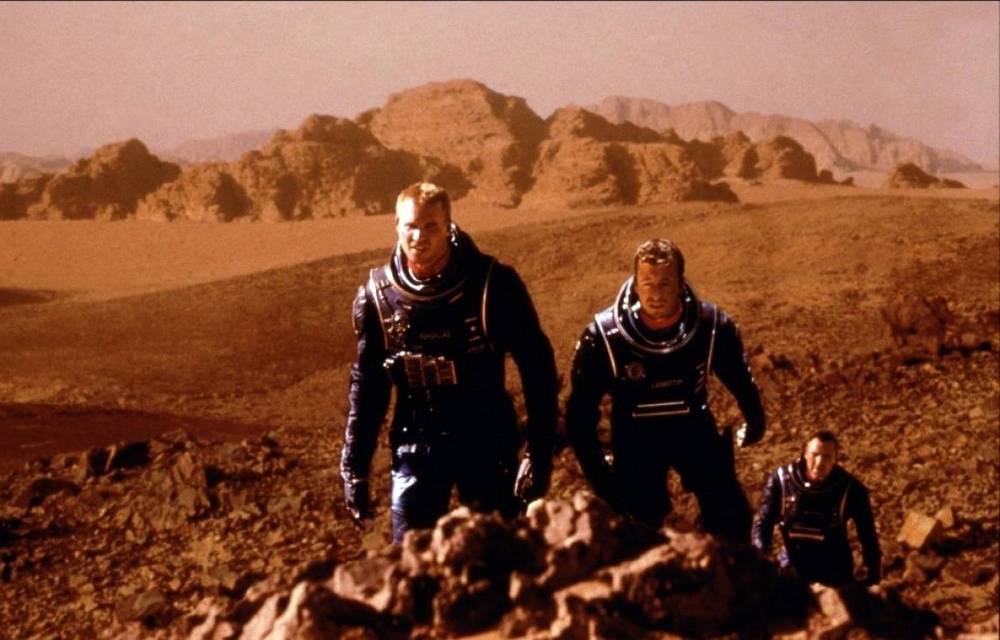
The Mars exploration Red Planet doesn’t really belong on a list of ‘most scientific’ SciFi movies because it’s all correct all through. It’s hit and miss overall. However one thing they get right is the landing craft used to land on Mars.
Not only is it part of some of the plans drawn up for a mission to Mars, it has been used for some of the actual probes that have landed on Mars, and it worked satisfactorily.
For many years it was theorized that Mars might be terraformed by planting lichens on the rocks and slowly letting them grown and add atmosphere to the planet, and this movie is based on that premise, which has been largely discredited since, but which at the time was current. So when the landing craft deployed parachutes, that was due to the slight atmosphere added by the terraforming attempt.
That part is plausible according to the understanding of the time, which wasn’t that long ago (2000). However the deployment of pneumatic bags to cushion the landing has in fact been used, and does work. The way it is used in the movie, as an emergency measure, is exactly what was planned for one of the Mars landers, because with people inside, it would be a bit bumpier and more dangerous than with just equipment.
Falling over a cliff was never part of the plan, as happens in the movie, but we have to give a bit of leeway to Hollywood when they attempt to drum up drama. It doesn’t really work…nobody is going to think, ‘they’re all going to die,’ when the movie isn’t quite half over.
Many other parts of this movie are scientifically plausible, while others are not so much, but they did get one detail exactly right.
7. Minority Report
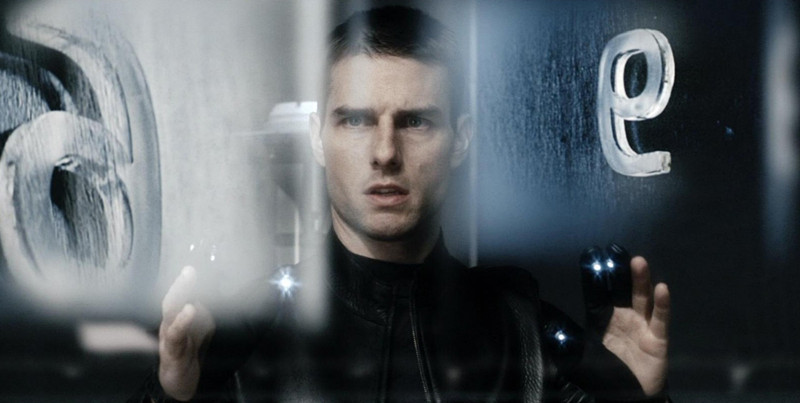
The dream movie of the futurist is Minority Report, which by all accounts spent a lot of time and trouble trying to follow the imaginings of futurists. The fantasy element comes from three psychics with a precognitive ability to predict crime, which has practically erased murder from the range of their psionic abilities.
Around this fantasy element the movie builds a very plausible-seeming future world, with many technologies that are either in the works or very soon to be available. There are too many to go through, so we will confine ourselves to one particular technology that is emerging even now: personalized advertising.
Many futurists have been predicting personalized advertising all the way back to the eighties, and the methods are improving all the time. Right now the method remains fairly crude; look something up on Amazon and when visiting another website, presto! There’s an ad for that very thing on RealClearPolitics. It of course presumes interest in purchasing that item, which may or may not be true.
Big data and data analytics are extremely hot in the tech world, and are presently working on this very problem: how to predict, from exiting data, what a consumer will purchase. More importantly, they attempt to answer this question: how to entice a consumer to do it sooner. So far it hasn’t had much impact in the advertising world, because it remains a brute-force approach, trying to appeal to the widest possible audience instead of targeting an individual consumer.
In Minority Report, this problem has been solved. The protagonist, played by Tom Cruise, is walking through a mall and the eye scanners automatically recognize him, and immediately talking billboards begin targeting him with ads.
One might say that algorithms targeting consumers with personalized advertising is not science, and that is true in the sense that is not pure science with only the joy of discovery for a reward. But since such pure science really doesn’t exist, that’s not much of an argument. There’s always money involved.
6. Strange Days
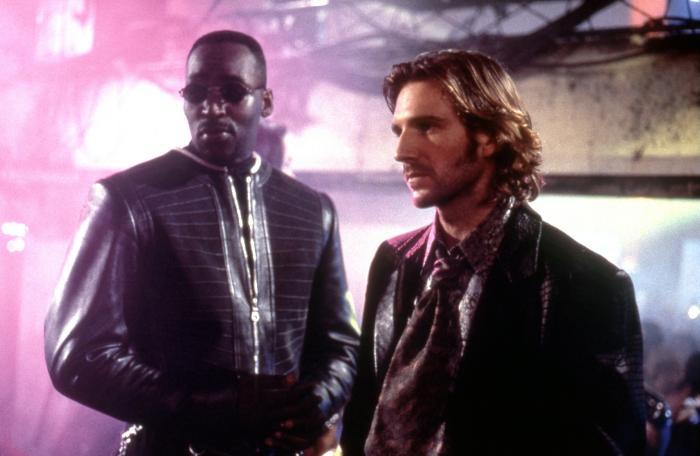
A neural interface is also the premise of Strange Days, a movie that purported to take place in 1999, just days before the millennium. The device that records memories is called a squid, and it’s illegal. The protagonist, Lenny, played by Ralph Fiennes, was once a cop, but has become a dealer in illicit memories. Why the squid is illegal is never really explored, but the movie offers us a few clues.
The squid records experiences, rather than mere memories. Thoughts, feelings and sensations are all recorded and can be played back by somebody else. In a scene where Lenny is trying to hook a new buyer he gives the man a taste…a ‘wire-trip’ of nothing but an eighteen-year-old girl taking a shower. The man he’s trying to entice is pretty thrilled by it.
As neural interfaces with computers come closer to reality, the possibility of being able to read a mind with a computer gets closer too. Even though there is little science in this movie, the underlying premise is a possibility that seems a little closer to reality every year.
It shouldn’t surprise if such technology did become illegal, because it carries with it a surefire way to blur or even erase the line between reality and fantasy. It would also be a way to steal an identity far beyond what is possible today. Most importantly of all, it would offer something that has never before happened: allow a true glimpse into another human being’s mind.
Right now we are all locked in our own brains. We cannot see the world from behind more than one set of eyes. We can be sympathetic or empathetic, we can try to ‘put ourselves in another’s shoes,’ but these are mental exercises. We truly cannot know what goes in on another person’s mind. If that finally became a possibility, as seems ever more likely, what implications would that have for psychology, for medicine, for just general understanding between human beings?
But with it would come the price, for in Strange Days a serial killer uses the squid deck to jack in an record his murders. Right now we see people sharing torture and murder over FaceBook Live. What horrible things would happen if this kind of virtual reality becomes available?
Is this a science to hope for, or fear? It may be moot, if it becomes reality.